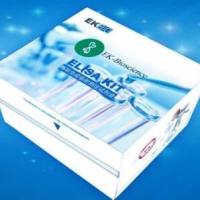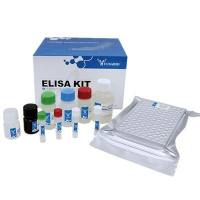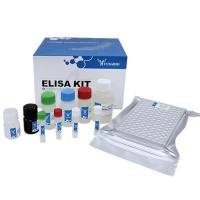Complement Regulators and Receptors in Tissues
互联网
987
Complement regulators and receptors can be identified individually in tissues by probing thin (5 μm) tissue sections fixed on a solid glass support with appropriate antibodies. The bound antibodies are visualized with a proper label that has been attached to the primary antibody itself or to a secondary antibody against the primary immunoglobulin (see Note 1 ). Despite the label the antibody retains its reactivity with its antigen. In immunofluorescence microscopy the label is a fluorochrome that emits visible light under exposure to exciting radiation like ultraviolet (UV) light. Washing out the extra stain reveals the sites where antibody has contacted the antigen. These sites appear as brightly illuminated areas in contrast to the dark background (see Notes 2 and 3 ). The color of the light or fluorescence depends on the chromogen used: Fluorescein iso-thiocyanate (FITC) excites at 495 nm and emits green light (peak at 525 nm) whereas tetra-methyl rhodamine-iso-thiocyanate (TRITC) absorbs maximally at 552 nm and gives red fluorescence (peak at 570 nm). To detect fluorochrome labels special microscopes equipped with an UV-light source and appropriate filters are required. In immunoenzymatic stainings enzymes conjugated to antibodies react with appropriate substrates and generate color deposits on the samples. Distribution of the target antigens can thus be examined with a light microscope (see Note 4 ).









